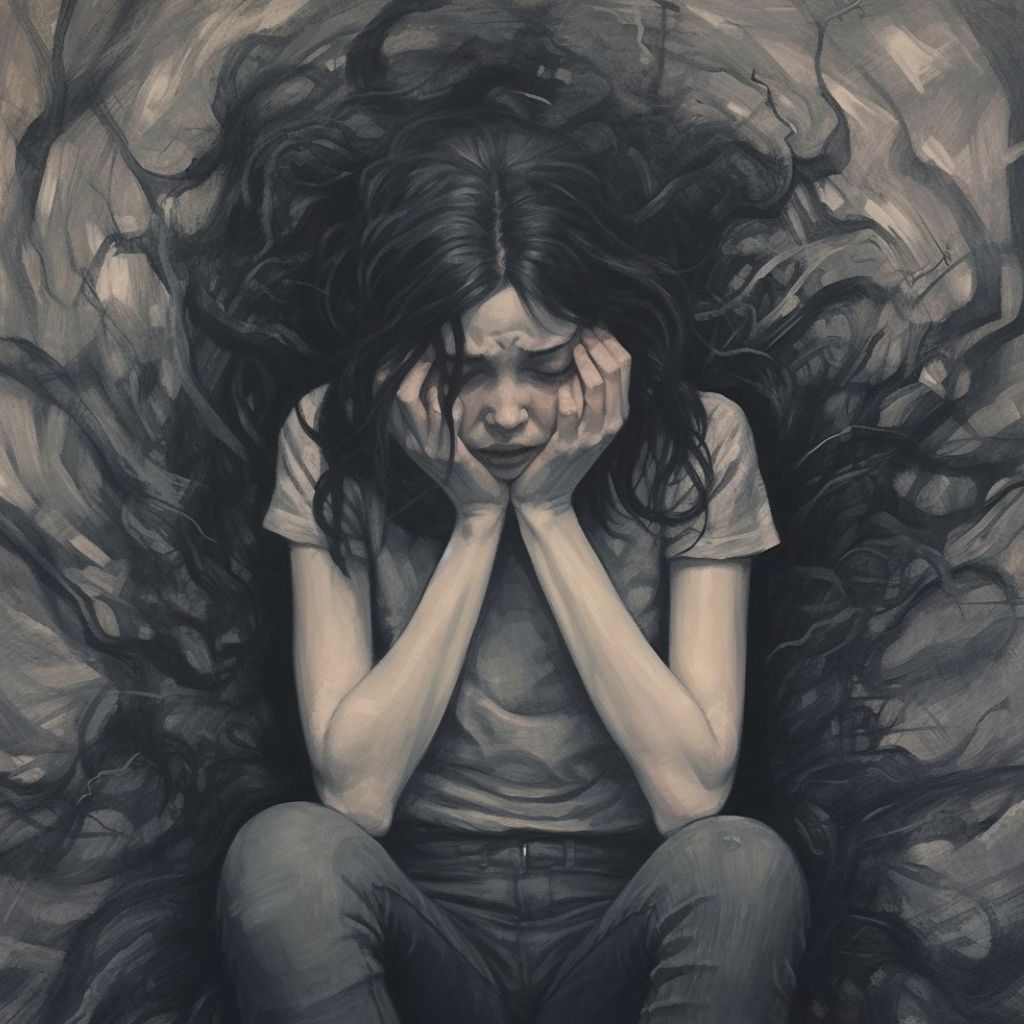Types of OCD: 14 Forms of Obsessive Compulsive Disorder

One of the most prevalent mental health challenges worldwide, affecting approximately 1-2% of the global population, is Obsessive-Compulsive Disorder (OCD). This condition is characterized by persistent, distressing thoughts (obsessions) and repetitive behaviors or mental acts (compulsions) aimed at alleviating the anxiety caused by these obsessions. OCD is a complex disorder that encompasses various types, each with its unique manifestations and symptoms. In this article, we delve into the diverse categories of OCD, shedding light on their distinct characteristics and helping you gain a comprehensive understanding of this intricate condition.
Types of OCD
Mental health professionals categorize Obsessive-Compulsive Disorder (OCD) based on the specific themes of obsessions and compulsions that individuals experience. These categories help to better understand the varied manifestations of OCD and aid in developing tailored treatment approaches. Here are the types of OCD listed from the most common to the rarest:
1. Contamination OCD
This is one of the most common types of OCD. People with this subtype are excessively fearful of germs, dirt, or contamination. They might compulsively wash their hands, avoid certain places or objects, or engage in cleaning rituals to reduce their anxiety.
2. Checking OCD
People with checking OCD have persistent fears that something bad will happen if they don’t repeatedly check things. They engage in compulsive behaviors such as repeatedly checking doors, locks, appliances, or other items to prevent potential harm.
3. Symmetry and Ordering OCD
This subtype involves the need for things to be arranged or done in a specific order or symmetry. People with this type of OCD might spend excessive time organizing items or arranging things in a particular way.
4. Intrusive Thoughts OCD (Pure-O)
Individuals with this subtype experience distressing and unwanted thoughts, often of a violent, sexual, or blasphemous nature. These thoughts can lead to significant anxiety, but the compulsive behaviors might not be as visible as in other subtypes.
5. Rumination OCD
This subtype involves persistent rumination or overthinking about a specific subject or question, often related to personal issues, moral dilemmas, or uncertainties. Individuals with this subtype might spend an excessive amount of time analyzing and trying to find a resolution to these thoughts.
6. Contamination of Responsibility OCD
In this subtype of OCD, individuals experience obsessions related to causing harm or being responsible for something negative happening, even if they have no actual connection to the event. They might feel compelled to engage in rituals or reassurance-seeking behaviors to alleviate their guilt or responsibility.
7. “Just Right” OCD
People with this kind of OCD subtypes are driven by a need for things to feel “just right” or achieve a sense of completeness. This can involve redoing tasks until they feel perfect or performing rituals until they feel a sense of relief.
8. Relationship OCD (ROCD)
Relationship OCD (ROCD) involves intense anxiety and doubt about romantic relationships. Individuals might obsessively question the authenticity of their feelings or the compatibility of their partner.
9. Sexual Orientation OCD (HOCD or SO-OCD)
People with this subtype experience distressing doubts about their sexual orientation, even if they have no desire for a different orientation. They might constantly question their attraction to others and seek reassurance.
10. Pedophile-Oriented Obsessive-Compulsive Disorder (POCD)
Individuals experience distressing and intrusive thoughts, fears, or doubts related to the possibility of being a pedophile or having inappropriate sexual thoughts about children. It’s important to note that having POCD does not mean someone actually has pedophilic tendencies; these thoughts are distressing and unwanted obsessions that cause significant anxiety and distress.
11. Hit and Run OCD (Vehophobia)
Individuals with Hit and Run OCD often experience intrusive thoughts that they have hit or injured a pedestrian, cyclist, or another vehicle, even if there’s no evidence of such an incident. To alleviate their anxiety and doubts, individuals may engage in compulsive behaviors, such as repeatedly checking their surroundings, reviewing security camera footage, retracing their route, or seeking reassurance from others. Some individuals may avoid driving altogether to prevent the possibility of causing harm. They might also avoid specific routes, locations, or situations that trigger their obsessions.
12. Magical Thinking OCD
Individuals with this subtype believe that their actions or thoughts can influence unrelated events or prevent negative outcomes. They might engage in rituals to prevent these perceived consequences.
13. Existential OCD
People with existential OCD often grapple with philosophical and existential questions related to the meaning of life, death, the nature of reality, and their place in the world. These intrusive thoughts can lead to significant distress and uncertainty.
14. Scrupulosity (Religious or Moral OCD)
Religious Obsessive-Compulsive Disorder (also known as Scrupulosity) involves obsessions and compulsions that are centered around religious or moral themes. Individuals with Scrupulosity experience intense anxiety, guilt, and distress related to their religious or moral beliefs. They may constantly worry about committing sins or moral transgressions, even when their actions have no genuine ethical concern.
Symptoms of Scrupulosity can include:
- Excessive concern with religious purity.
- Repetitive prayers, confessions, or rituals to seek forgiveness or relief from guilt.
- Avoidance of situations or places perceived as sinful.
OCD-Related Mental Conditions
There are similar mental conditions that are not categorized as subtypes of Obsessive-Compulsive Disorder (OCD), yet they share certain features and are often classified under the broader category of obsessive-compulsive and related disorders. Here’s a brief overview of each condition:

Trichotillomania (Hair-Pulling Disorder)
Trichotillomania involves an irresistible urge to pull out one’s hair, resulting in noticeable hair loss and distress. Individuals with this condition often experience tension before pulling and relief afterward. Similar to OCD, trichotillomania involves a compulsive behavior (hair-pulling) to alleviate distressing thoughts or emotions.
Body Dysmorphic Disorder (BDD)
BDD is characterized by a preoccupation with perceived defects or flaws in one’s physical appearance that are not noticeable or appear minor to others. People with BDD often engage in repetitive behaviors like excessive grooming, skin picking, or seeking reassurance about their appearance. These behaviors are reminiscent of compulsions in OCD, as they are performed to alleviate the distress caused by obsessive concerns about appearance.
Excoriation Disorder (Skin-Picking Disorder)
Excoriation disorder involves recurrent and compulsive picking of one’s skin, resulting in skin lesions. Similar to trichotillomania, individuals with this disorder experience tension before picking and relief afterward. Skin-picking is done to manage emotional distress, similar to how compulsions in OCD are aimed at reducing anxiety or discomfort.
All Types of OCD Can Be Treated!

All 14 forms of Obsessive-Compulsive Disorder (OCD) are treatable conditions, and if you or someone you know is experiencing symptoms, it’s crucial to seek help from mental health professionals like psychologists or therapists. Early intervention is essential in preventing the condition from worsening, and experts in OCD can provide accurate diagnoses and tailored treatment options. Evidence-based therapies like Cognitive-Behavioral Therapy (CBT) and its specific form, Exposure and Response Prevention (ERP), offer effective strategies for managing OCD symptoms. By reaching out for professional assistance, individuals can embark on a path towards recovery, relief, and improved quality of life.
HealWiser’s Last Piece of Advice
With a range of OCD types, gaining awareness of their specific manifestations empowers individuals to seek targeted help. Professional guidance is essential for developing effective strategies that address the distinct challenges presented by each type, leading to improved quality of life and well-being.
Share your experience with Heal Wiser and others in the comments section below this post.





